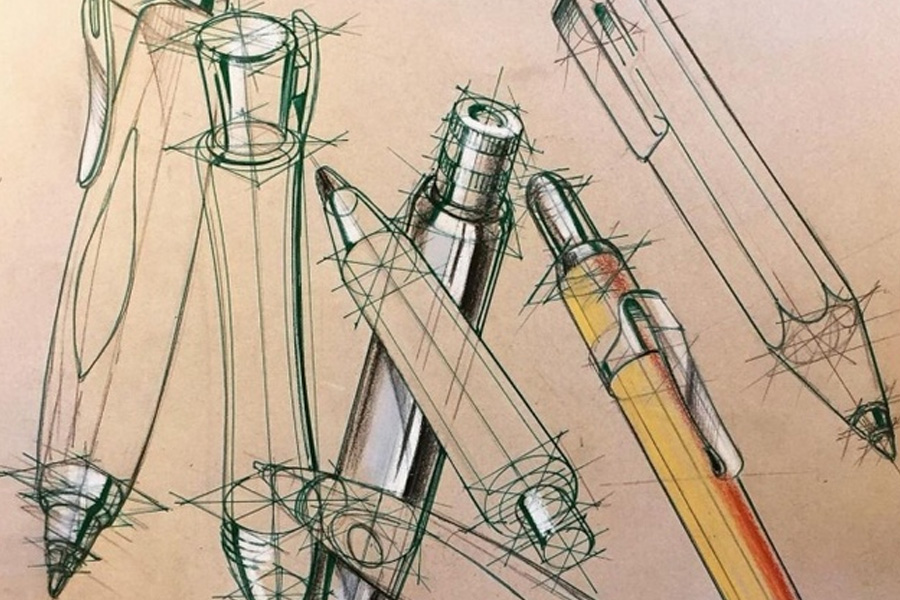Compared with traditional lead shielding materials, tungsten-nickel alloy has a better absorption effect on gamma rays, which means that tungsten-nickel alloy has better gamma-ray shielding performance, which can effectively prevent radiation damage to the human body, thereby enabling related work Better perform flaw detection operations.

Since ionizing radiation has a damaging effect on the human body, excessive radiation can cause harm to the human body. Therefore, special attention has been paid to the issues of radiation safety and protection in the development and utilization of nuclear energy.
The traditional radiation protection material is lead, but with the wide application of nuclear technology, people have discovered in practice that lead as a radiation protection material has many disadvantages, such as secondary bremsstrahlung radiation, poor hardness, and lead itself is a heavy metal Pollution sources are likely to cause heavy metal poisoning during use. Therefore, finding a safe and reliable protective material is essential for the safety of radiological workers.
Tungsten-nickel alloy has many advantages as a new type of radiation material. It does not produce secondary bremsstrahlung, has high hardness and the same shielding effect thickness is only 2/3 of that of lead.
The shielding effect of gamma rays is not only related to the shielding material, but also related to factors such as the emission energy of gamma rays and the thickness of the shielding material.
Studies have shown that the same substance has different absorption capacities for gamma rays of different energy. In addition, with the same shielding effect, the thickness of tungsten-nickel alloy is only 2/3 of that of lead. In some cases, such as 60Co at 133kev, the half-absorption thickness d1/2 of tungsten-nickel alloy is larger than that of lead. Half is even smaller. Therefore, it is better to choose tungsten-nickel alloy shielding materials in fields such as radiation protection.
Tungsten nickel alloy is an alloy with high melting point, high hardness and high corrosion resistance. The nickel content is less than 10% or 10% to 25%, and the balance is tungsten.
Guest contributors are welcome at the Alloy Wiki.It is a weekly wiki and guide on alloy information and processing technology, while also about the vast array of opportunities that are present in manufacturing. Our team of writers consists of a Machining Material Supplier / Machinist / Tool and Die Maker, a Biomedical Engineer / Product Development Engineer, a Job Development Coordinator / Adjunct Professor, and a President and CEO of a manufacturing facility.
Link to this article:Research on the shielding performance of tungsten nickel alloy to γ-ray
Reprint Statement: If there are no special instructions, all articles on this site are original. Please indicate the source for reprinting:Alloy Wiki,thanks!^^

